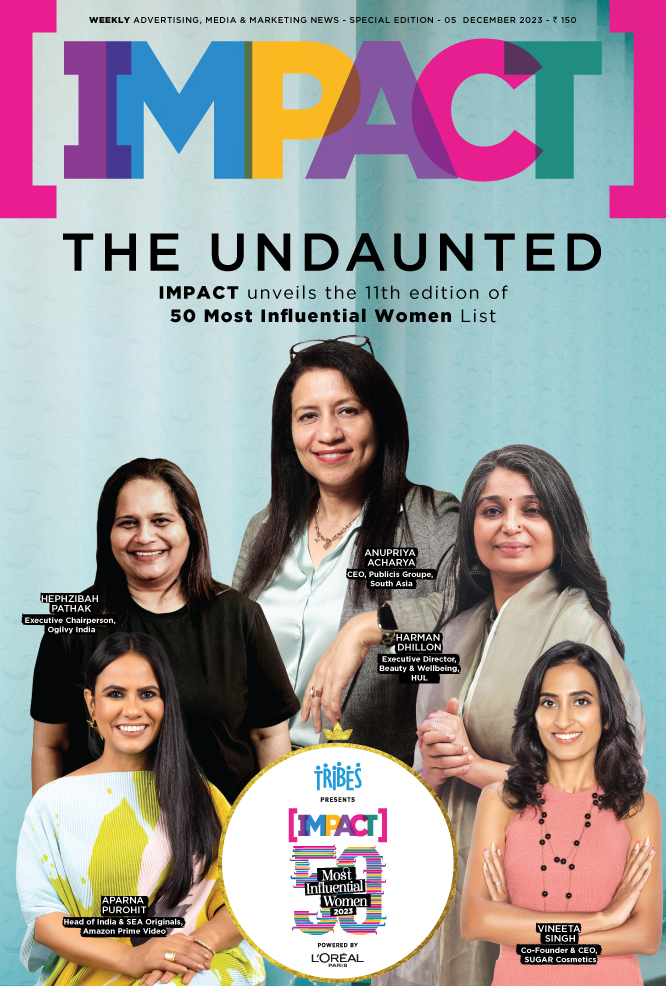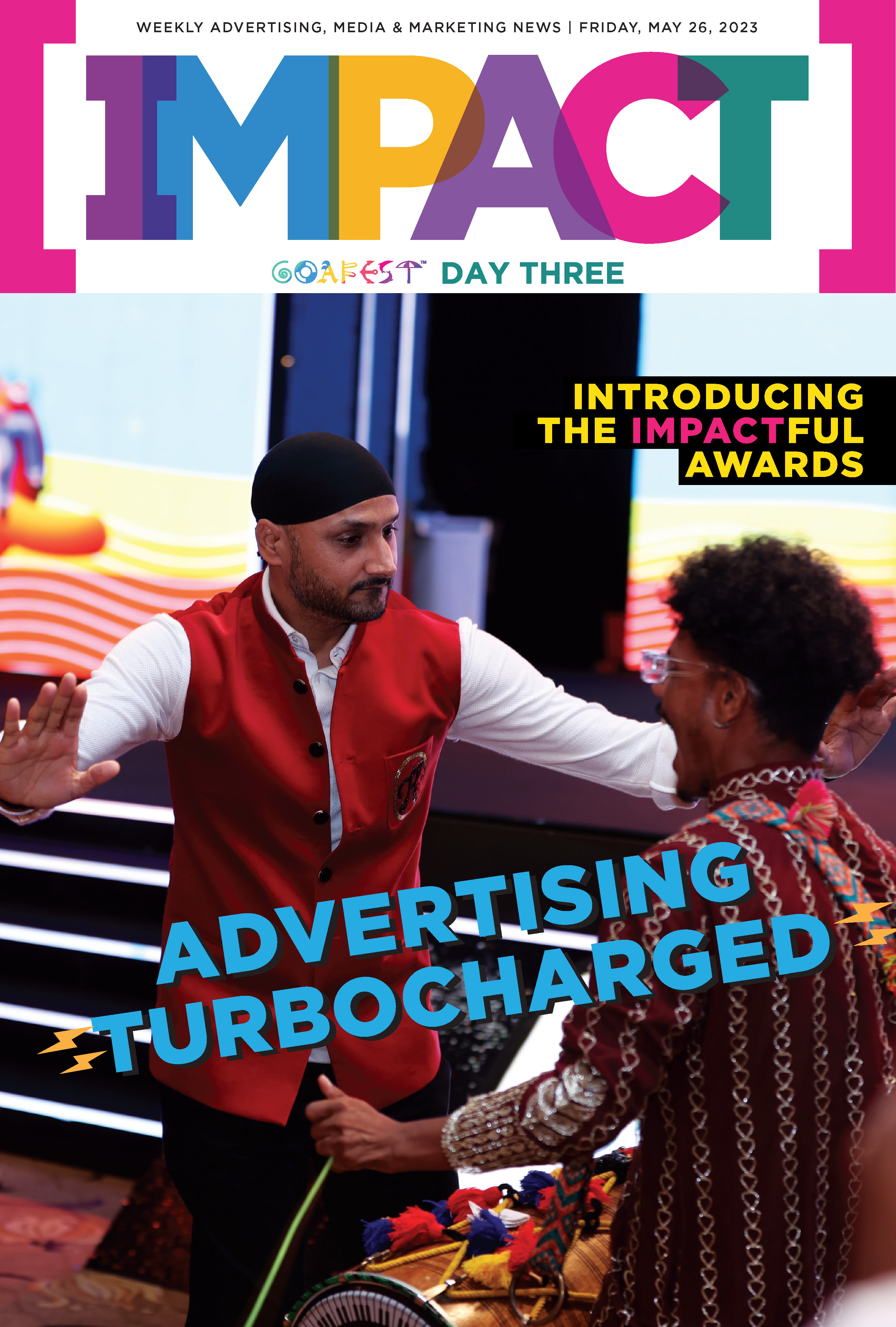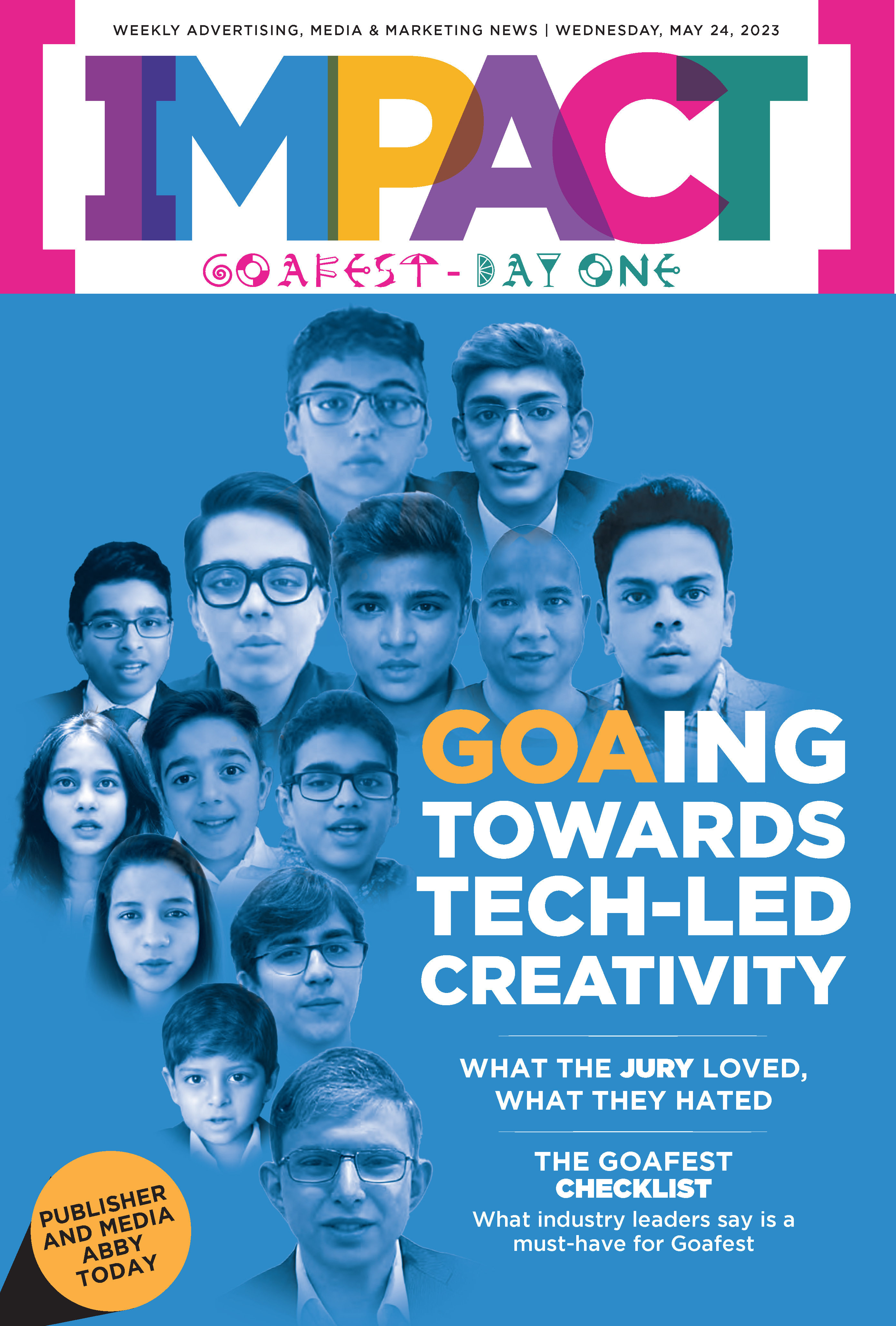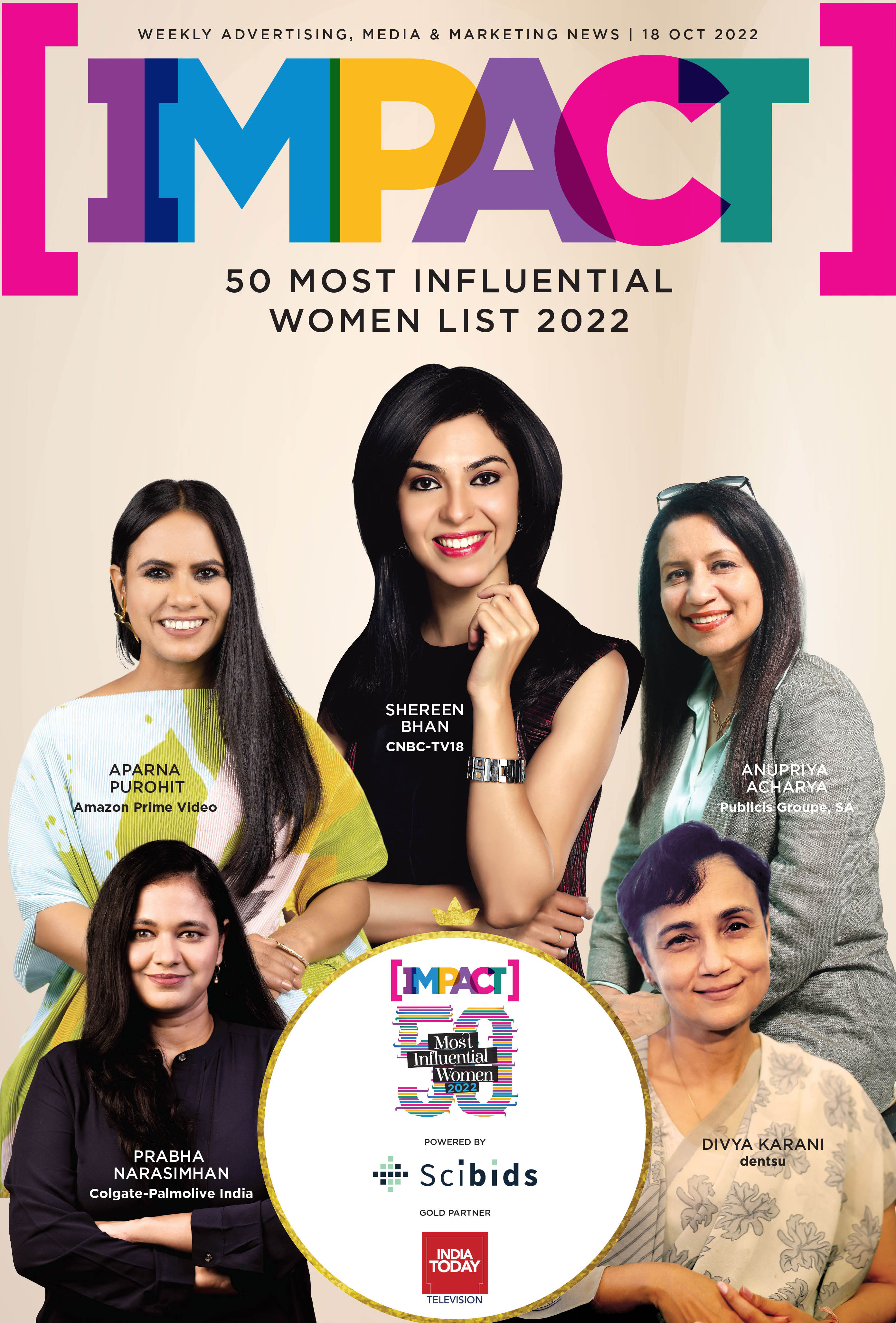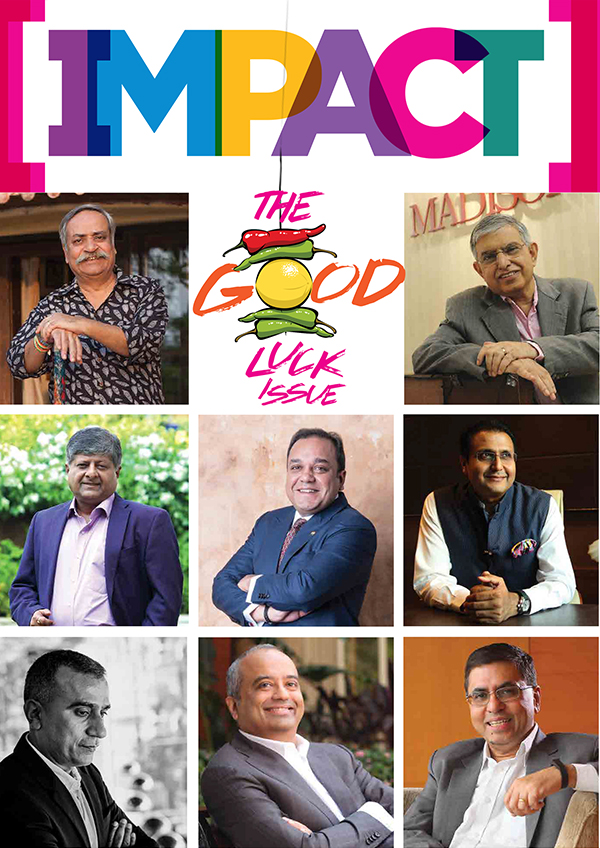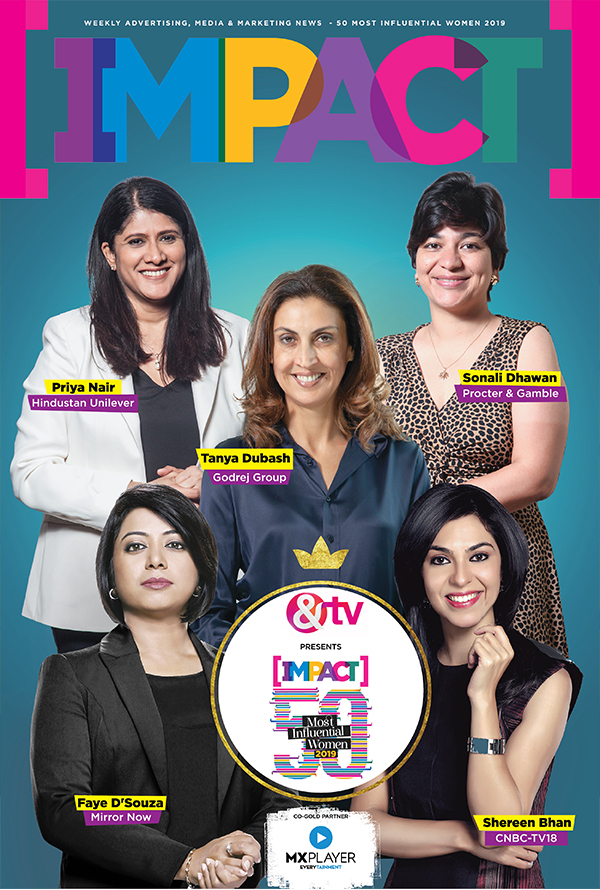India erupted with joy on November 2, 2025, as the women’s cricket team lifted their maiden World Cup trophy. For a nation where cricket often blurs the line between sport and faith, this victory wasn’t just about the scoreboard; it was about rewriting the narrative of who gets to truly define glory in Indian cricket.
The win has sparked a deeper conversation about what India’s women cricketers truly bring to the table beyond statistics and sponsorships. Their journey, marked by resilience and grace under pressure, offers a new kind of sporting ethos. As brands, broadcasters, and fans turn their gaze towards these newly crowned champions, the question arises — will they be celebrated with the same fervour, investment, and opportunity that their male counterparts have long enjoyed?
What makes this moment powerful is not just the victory itself, but the possibility it unlocks. There are several brands that are associated with Women's Cricket Leagues, WPL, and more. Among them was RSH Global, the parent company of Joy Personal Care. It partnered with Delhi Capitals in 2023 and then Gujarat Giants in the 2024 WPL.
Poulomi Roy, Chief Marketing Officer, RSH Global, shares that the brand’s early conviction stemmed from her approach — not purely emotional, but also strategic. She says that India is on the path to becoming a multi-trillion-dollar economy, and women, who make up half the population, need to be part of that growth story.
“Empowerment doesn’t happen through slogans, it also needs cultural instigation. Historically, revolutions have been shaped by writers, artists, and sports icons who inspire belief. Sports, especially, create real role models that help others dare to dream. Even if you’re not a sportsperson, you connect with the emotional highs and lows of sport. That’s the power of culture. It moves nations. So, when brands associate with these movements, it’s not about transactions or visibility alone; it’s about being part of a changing social fabric,” she explains.
Darshana Bhalla, Founder and CEO, D’Artist Talent Ventures, says the win marks a pivotal moment in India’s sports evolution. “We’re creating a very distinct sports economy as a country. If you look at what the Sports Authority of India is doing, or how private entities like Reliance are championing sports, you can see that it’s becoming part of a new emotional economy,” she explains.
According to Bhalla, women cricketers are adding depth and authenticity to this ecosystem. “Women cricketers bring a deeper emotional and cultural layer to this ecosystem. Their backstories, family ambitions, and the barriers they’ve overcome add authenticity to the narrative,” she says. “For brands, this translates into powerful storytelling opportunities that are new, fresh, and relatable.”
While men’s cricket continues to dominate on scale, Bhalla points out that women’s cricket offers something different but equally potent. “Men’s cricket has always delivered massive scale, but women’s cricket brings relatability, trust, and emotional affinity that resonate deeply with Gen Z and Gen Alpha audiences. These generations value authenticity and emotional connection far more than earlier ones, so for brands, this is gold.”
Recently, Surf Excel made headlines by sending an empty detergent bottle to Indian cricketer Jemimah Rodrigues, accompanied by a playful note asking her not to wash her jersey but to frame it instead. The stunt captured the imagination of fans across social media, highlighting the cultural significance of the team’s World Cup triumph.
Since the victory, audience behaviour around women’s cricket has shown a marked shift. Engagement on digital platforms, social conversations, and merchandise sales suggest that the interest is not purely fleeting. Brands and broadcasters are observing sustained attention, particularly among younger fans who value authenticity and emotional connection.
Lloyd Mathias, business strategist and angel investor, states that the win has already lifted the profile of the sport. It is to see whether it sustains over time or not. “I don’t think every women’s cricket match will suddenly attract massive viewership, but the fan base has clearly widened,” he notes.
Mathias points out that players like Harmanpreet Kaur, Smriti Mandhana, Jemimah Rodrigues, and Shafali Verma are now drawing more consistent attention. “People will now follow players like Harmanpreet, Smriti, Jemimah, and Shafali more closely. There’s a definite halo effect but a surge in attention that may taper off but will still settle at a higher baseline than before. And that’s progress,” he adds.
Saurabh Parmar, an independent fractional CMO, emphasises the commercial opportunity. He says that there is definitely a genuine interest and World Cup victories, especially inaugural ones, are a huge potential for sports and for commerce.
“The players and the sport have the momentum, it’s for the BCCI, brands, and broadcasters to see the potential and invest in it and for the players to maintain it by being consistent,” he says.
While men’s cricket has historically dominated attention and advertising, experts suggest that women’s matches are beginning to carve out standalone appeal. According to experts, the win has created a new baseline of interest, so women’s cricket will now be followed for its own narratives, skills, and stars, not just in comparison to men’s cricket.
Ashok Lalla, independent Marketing and Brand Consultant, notes the significance of this change. “I think this win has created stars and a fan following for the women's game. And women's cricket in India is no longer a sideshow to the men's game, but has earned its own place and spotlight,” he says.
Lalla adds that the future of this interest depends on continued performance. “Hopefully, the women's team will continue to perform well and sustain this new and expanded interest that they have generated through winning the World Cup,” he says.
Although the shadow of men’s cricket still looms large in terms of scale, the surge in fan engagement, social conversations, and digital viewership indicates that women’s matches are increasingly being treated as events worthy of independent attention, setting the stage for a more balanced and diverse cricketing fandom.


















